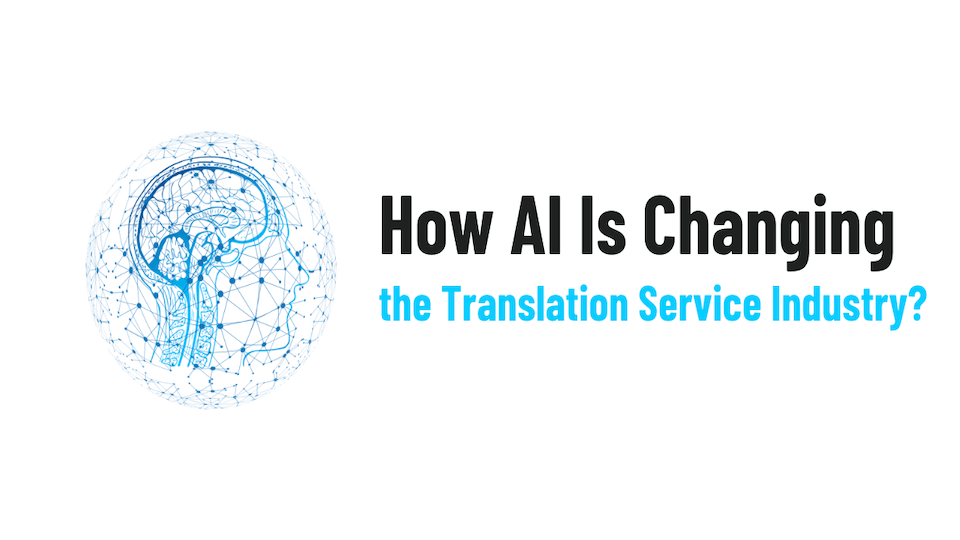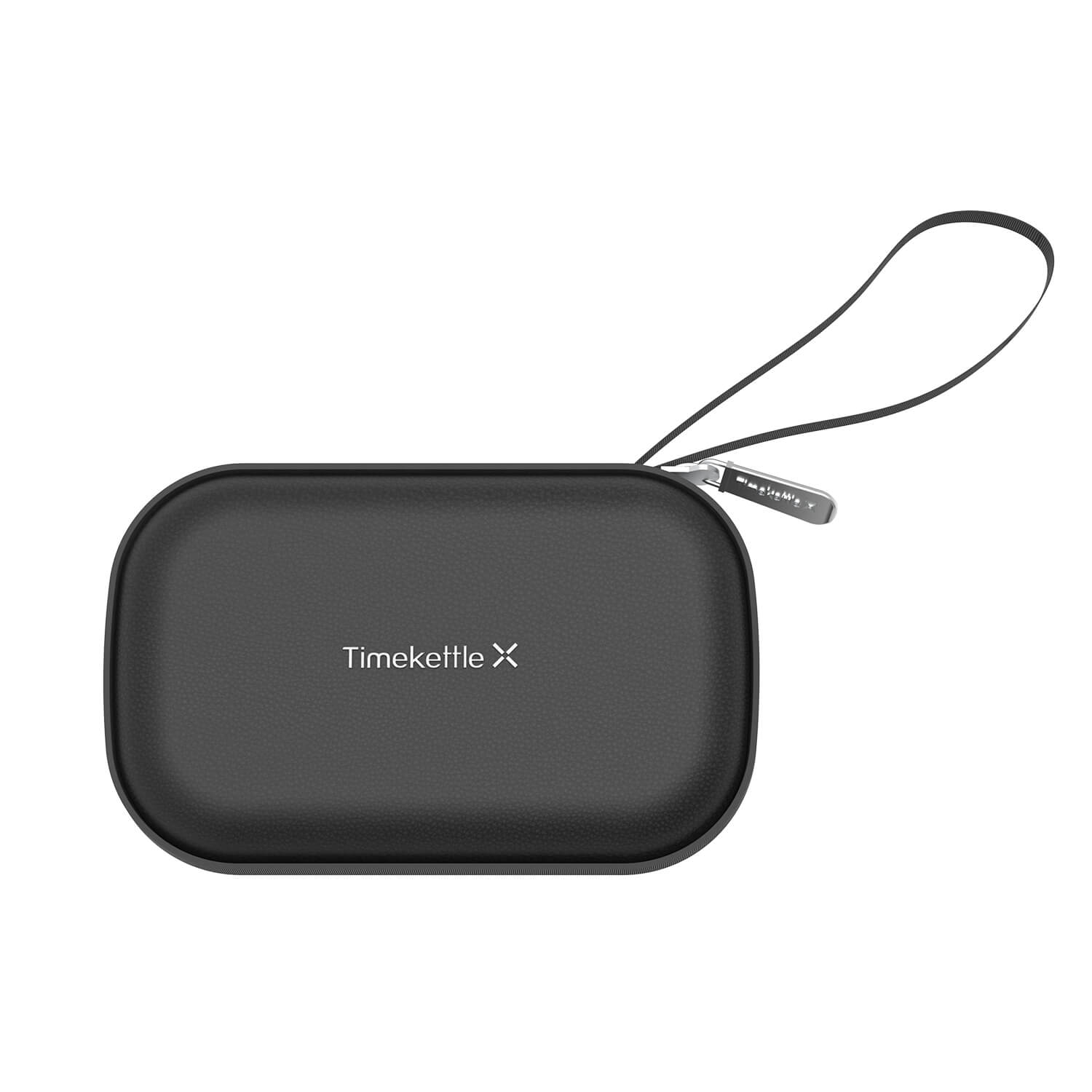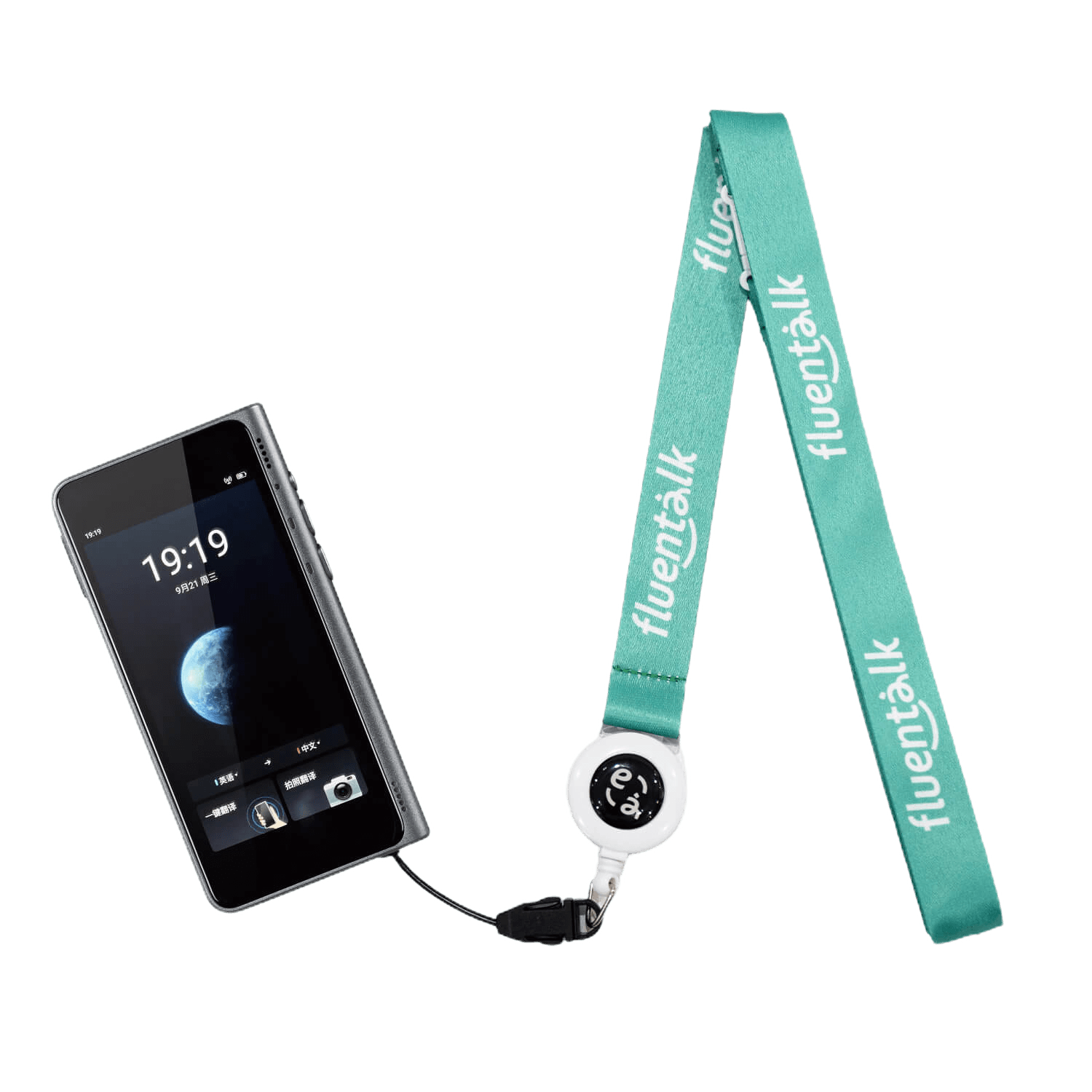
How AI Is Changing the Translation Service Industry?
2025 is a remarkable year for the translation industry. Artificial intelligence has become a game changer and is changing the way we communicate across languages. But what does this mean for businesses, translators and everyday users?
The AI translation market has grown exponentially in recent years. Industry reports show that AI powered translation tools now process over 500 billion words a day, 300% more than 3 years ago. But the relationship between AI and human translators isn’t what we expected.
Instead of replacement, we’re seeing collaboration. AI does volume and speed, humans do context and cultural nuance. This is creating new opportunities and solving old problems in ways we never thought possible. Timekettle's Latest product W4 Pro AI translation earbuds, which combines the iterative updates of AI technology, helps users easily achieve cross-language connections, easily meet your business needs, achieve efficient business collaboration and communication, and usher in a new era of seamless global business interaction.
Will AI Replace Human Translators?
The short answer is no – AI will not replace human translators anytime soon. However, it is fundamentally changing how translation professionals work and creating new opportunities within the industry.
Modern AI translation systems have come a long way in recent years. Neural machine translation can handle basic conversations and simple documents with amazing accuracy. Google Translate processes over 100 billion words a day – that’s the scale of AI.
Despite all this, AI still struggles with several key aspects of translation:

Context and Cultural Nuance: Human language is full of cultural references, idioms and contextual meaning that AI can’t get. A phrase that seems simple might mean something entirely different in another culture. Human translators get these subtleties and can adapt content accordingly.
Tone and Voice: Every piece of content has a tone – formal, casual, persuasive or technical. AI produces grammatically correct translations that miss the emotional impact or brand voice. Human translators nail the tone.
Specialized Knowledge: Technical, legal and medical translations require deep subject matter expertise. While AI can handle basic terminology, complex specialized content demands human understanding of industry specific concepts and regulations.
Quality Assurance: Even the best AI systems make mistakes. Human translators are the quality control gatekeepers, catching errors and ensuring accuracy before content gets to the audience.
Instead of replacing human translators, AI is creating a hybrid model where technology does the initial translation and humans do the refinement, cultural adaptation and quality control. This way translation teams can work faster and maintain high quality.
How AI is Redefining the Translation Industry
The combination of artificial intelligence with translation services arrived along with certain new-age technologies that are now transforming the whole industry ecosystem.
Deep Learning and Neural Machine Translation
Neural Machine Translation is the biggest break-through in artificial intelligence translation technology. Unlike previous models that translated word for word, the new model looks at whole sentences and paragraphs to grasp context and meaning.
It is trained on massive data sets of millions of translation pairs. It is taught on the pattern, on the grammatical rhythm and on the interdependence of the vocab between the two languages. Moving forward on new material, it uses the knowledge to create more natural and contextually appropriate translation.
The largest technology businesses have spent many millions on research into NMT. The systems now handle more than 100 languages and are able to handle sophisticated sentence structures previously confusing to machine translation programs. The upshot is more naturally expressed translation less suited to manual correction.
For businesses, NMT offers several advantages:
- Speed: Process large volumes of content in minutes rather than days
- Consistency: Maintain uniform terminology across all translated materials
- Cost-effectiveness: Reduce initial translation costs while maintaining quality through human post-editing
Voice Translation Services
In-real-time voice translation is now moving from science fiction to real life. Most recent artificial intelligence-based technologies are able to hear the voice, translate it into text, then translate it, and give text-based as well as voice-based output within seconds.
This technology relies on several AI components working together:
- Speech recognition converts spoken words into text
- Translation engines process the text into target languages
- Text-to-speech systems create natural-sounding audio output
Voice translation proves invaluable for:
- International business meetings where participants speak different languages
- Customer service interactions with global clients
- Travel situations requiring immediate communication
- Educational settings where language barriers limit learning opportunities
The voice translation accuracy improves with time as the software learns more user interactions and corrections. While not always correct, the software is good enough for the average conversational needs.
Subtitle Translation Made Simple
Video content is the king of modern communication, and artificial intelligence revolutionized the production process of multilingual subtitles. Automated subtitle translation systems can accept video files, extract the voice content, translate it, and render synchronized subtitles across different languages.
This technology combines several AI capabilities:
- Audio transcription converts speech to text
- Translation engines render content in target languages
- Timing synchronization ensures subtitles appear at the correct moments
For content creators and businesses, automated subtitle translation offers:
- Global reach: Make video content accessible to international audiences
- Cost savings: Reduce manual transcription and translation expenses
- Speed: Generate subtitles in hours rather than weeks
- Scalability: Process multiple videos simultaneously across various languages
While human review remains important for quality assurance, AI-generated subtitles provide an excellent starting point that significantly reduces production time and costs.
How Artificial Intelligence is Changing the Face of the Translation Industry
Mass production of translation technology based on artificial intelligence is revolutionizing the translation industry just as processing power is revolutionizing the prospects of jobs.
Big Data Mining Benefits
AI-based translation software is optimal for the quick and swift translation of bulk data. That functionality ushered new opportunities for companies with respect to bulk multilingual contents.
Consider the scale difference: human translators translate around 2,000-3,000 words a day, whereas the AI systems process millions of words within the same time span. This dramatic difference makes AI essential for projects involving:
- E-commerce catalogs with thousands of product descriptions
- Legal document review requiring analysis of extensive case files
- Technical documentation spanning multiple languages and formats
- Social media monitoring across global markets
- Customer feedback analysis from international user bases
The processing power of data for AI also leads to the possibility of continuous learning. As more content is processed by such systems, they enhance the understanding of language patterns, preferred terminology, as well as cultural nuances. It leads to the virtuous cycle wherein more use translates into better translation quality.
Machine Translation Will Provide Exciting Employment Prospects
Unlike job loss, new jobs to the translation field are being created with the advent of artificial intelligence. New jobs are of different kinds but are promising for the future of language careers.
Post-Editing Specialists: They critically evaluate and perfect post-human translation for cultural understanding and precision. Post-editors must possess adequate language competency along with knowledge about the strengths and limitations of artificial intelligence.
AI Training Specialists: They assist with fine-tuning machine translation platforms through providing input, such as data set preparation for training and fine-tuning algorithms for specific industries or clients.
Quality Assurance Managers: These are the duties for authoring test procedures for the AI translations, setting quality metrics, and managing the hybrid human-AI workflows.
Localization Engineers: The technical specialists integrate the translation tools with existing business applications, customize them to suit the specific needs, and overcome any technical issues.
Cultural Consultants: They will be accountable for making the translation of the AI region-specific and country-based on customs for marketing and publicly displayed content.
The legal industry exemplifies this transformation. Lawyers use computers to quickly process hundreds of thousands of documents, but they have to use human experts to examine results and decision basis. Healthcare facilities use computers for the initial translation of the medical documents but have to cross-check the output through humans for the security of the patient.
Challenges Associated with AI and Machine Translation
AI translation is good but it is challenged precisely where it is important the most. That is why the abilities of man are just as valuable and why implementation is important.
Quality vs Cost Balancing Act
The machine translation is quite inexpensive when compared to human translation; however, the quality difference is staggering for most of the applications. Faulty translation could damage brand image, blur the customer voice, or trigger legal exposure. Safer businesses apply blended strategies to reconcile costs with risks.
Potential for Bias
AI translation software inherits the biases of the training data. This can produce translation based on cultural stereotype, gender assumption, or political lean. Businesses should test for bias on the part of the AI translation output where the context is sensitive.
Accessibility Challenges
Whereas machine translation tries to overcome the language barrier it is possible to erect new accessibility barriers inadvertently. Difficult language, geographical dialects, and web accessibility standards have the power to disable users. Auditory disability and sound quality are other stumbling blocks.
Conclusion
As we turn to the future beyond 2025, the translation marketplace will continue to evolve. Technology will continue to improve and improve, but human creativity, cultural understanding, and quality judgment will always remain unreplaceable. The winning companies will be the ones to embrace the future as one of cooperation where they will harness the technology to augment rather than replace human intelligence.
For businesses planning overseas ventures as much as for translation specialists preparing to meet the new industry trends, it is imperative to know the role of artificial intelligence today as much as tomorrow for the translation service industry.





























